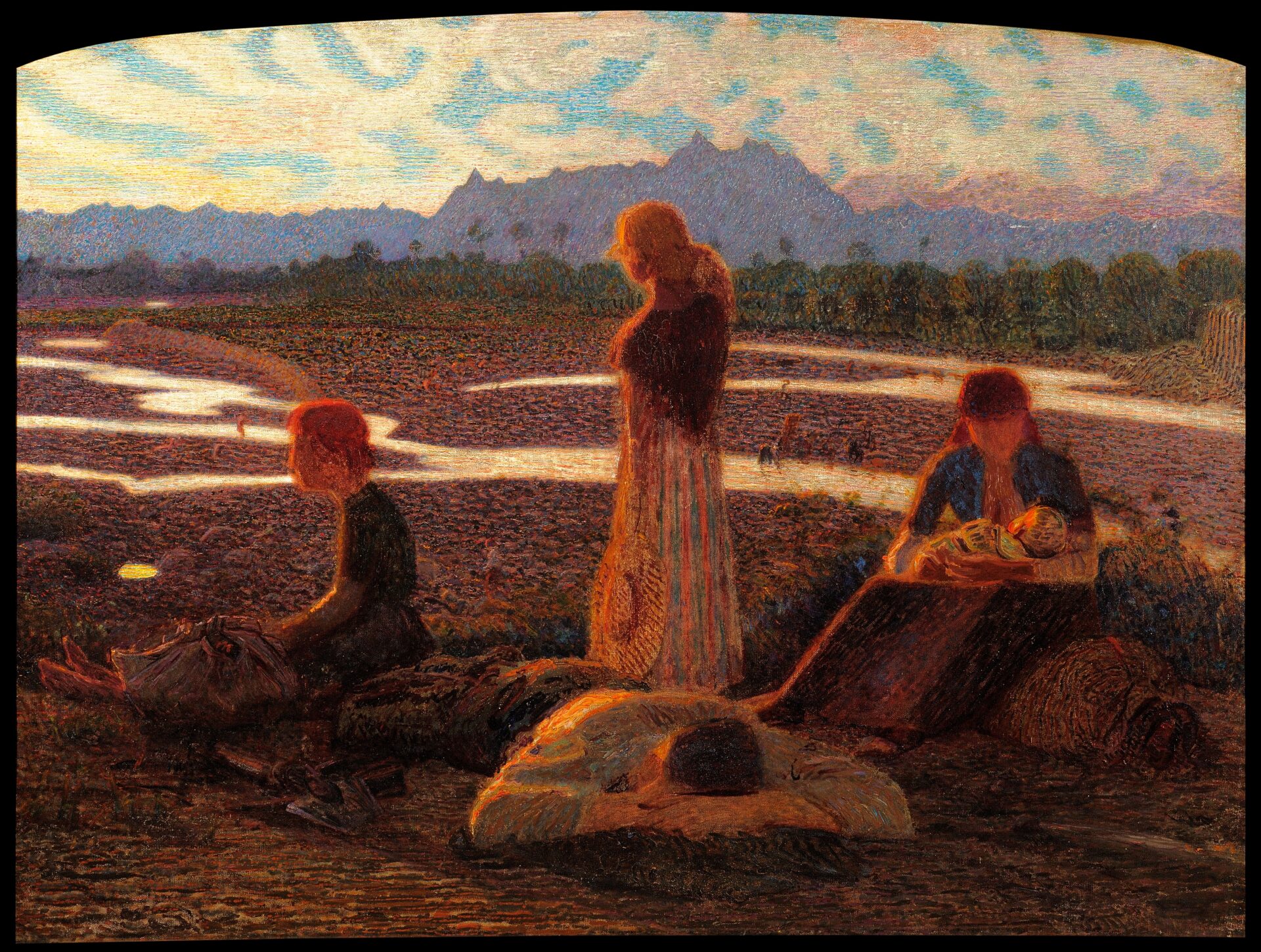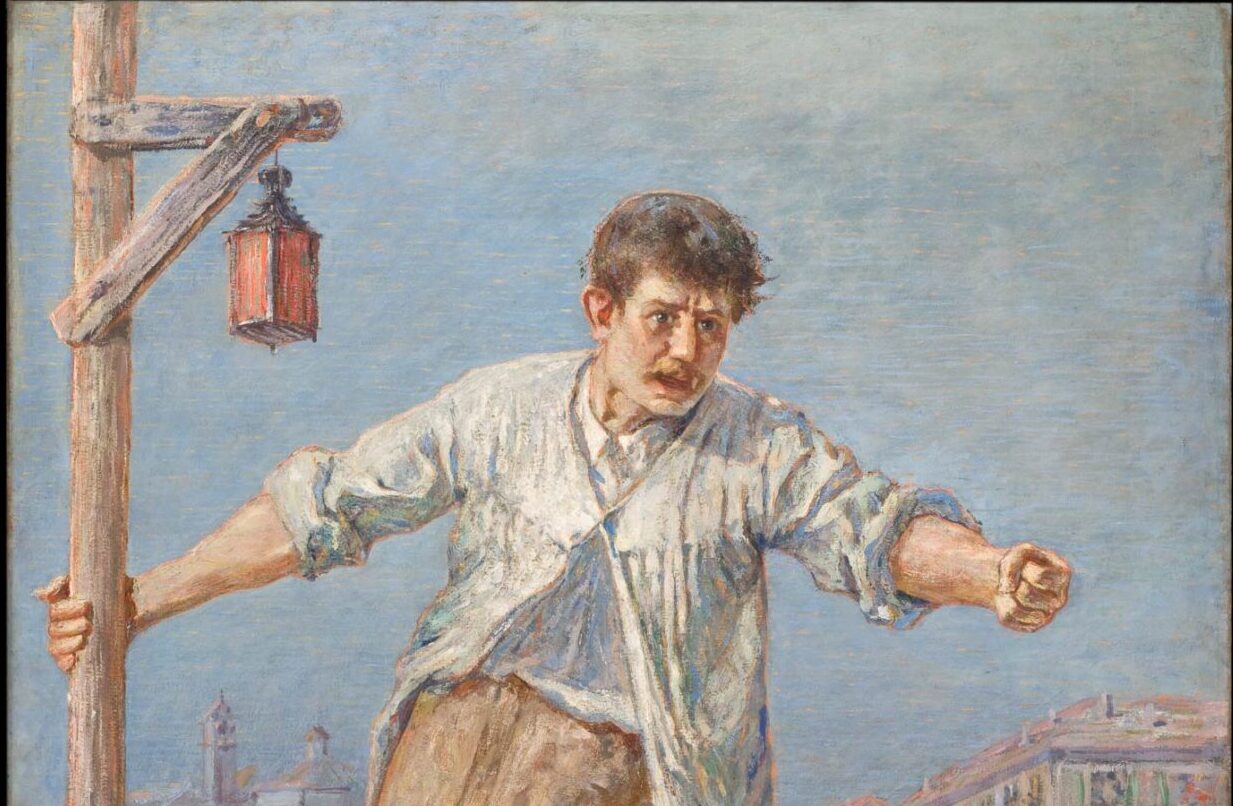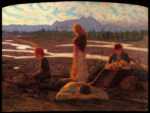STAGING INJUSTICE: ITALIAN ART 1880–1917
January 25 - June 18, 2022
RESERVE YOUR TICKET HERE
Before your visit, please review our updated COVID-19 safety protocols and policies.
For the HISTORICAL TIMELINE click here
For its 2022 season, the Center for Italian Modern Art (CIMA) presents a group show focusing on the Italian artistic production during the decades between 1880 and the end of World War I. The extraordinary and painful circumstances that marked 2020 imposed reflections on our institution’s role as a protagonist of cultural conversations in the United States, and a need for a careful thematic choice in the development of the 2022 exhibition and its related Fellowship program.
Economic difficulties, exacerbated inequality and social tensions, problems of marginality and insecurity experienced by large swaths of the population are not exclusive to the contemporary situation in the United States: many other countries, and Italy in particular, have experienced similar condition of widespread hardship across different historical eras and in the present time. Artists have always known how to respond to these conditions by renewing their creativity and by immersing themselves in the reality of their day.
The decades examined in this exhibition featured a strong adherence to contemporary social themes, in a country that distinguished itself for its fascinating polyphony of creativity, voices and intentions. Paintings and sculptures created and presented to the public in Italy and abroad between 1880 and 1917 will be of particular interest to the contemporary American public. To this day, fin-de-siècle Italian socioeconomic history and artistic developments have received scant attention in the United States, and CIMA’s project intends to shed light on these subjects.
The exhibition, including approximately 20 artworks from Italian museums and first-rate private collections, focuses on four main iconographic themes, exploring how painters and sculptors elaborated and adjourned them through a confrontation with the contradictions of contemporary society. Migration, labor, protest, and social injustice are the fields of intervention that marked the reality of the artists at the center of CIMA’s project—topics whose importance resonates to this very day, both in Italy and in the United States.
Artworks by fifteen artists offer a cross-section of the most advanced Italian artistic production of the time. The show includes heterogenous perspectives, styles, and formal languages, which reflect the artists’ diverse backgrounds in terms of location, training, and their varied alignment with the pictorial tendencies and tastes of that era. The exhibition will thus also become a dialogue between artists who came from different areas of the country, and who were educated in distinct academic contexts.
As always, CIMA’s exhibitions result from the curator’s deep knowledge on the selected topic, but also function as catalyst for new research by our fellows who, in an international setting, gain and share with the public new insights on the themes of the show. The annual exhibition catalogue that CIMA produces functions as a tangible memento that carries a visual memory of the exhibition, with installation views and high quality photo-reproductions of individual works shown, which are color corrected on site next to the originals.
All the studies resulting from the fellows’ research during the exhibition season will be included in an issue of CIMA’s accredited academic online journal, Italian Modern Art, after the end of the exhibition itself, as was the case for our previous exhibitions.
CIMA’s role as international study center and museum incubator that fosters the rise of new art-historical points of view, inverts the traditional process of an exhibition resulting from extensive research: we instead curate an exhibit, and invite young scholars to study in close contact with the works on view for several months, allowing them to develop ideas and research themes whose proceedings are then gathered and published in our Journal.
To curate this exhibition, CIMA is delighted to welcome Giovanna Ginex, an independent art curator and art historian based in Milan. She specializes in different aspects of nineteenth- and twentieth-century art, including painting, sculpture, photography, and design. She has collaborated with many institutions in Italy and abroad. Her most recent publications include La meraviglia della natura morta, 1830–1910. Dall’Accademia ai maestri del Divisionismo, exh. cat. (Milan: Cassa di Risparmio di Tortona-Skira, 2011); “Rembrandt Bugatti: From Milan to Paris,” in Rembrandt Bugatti: The Sculptor 1884–1916, eds. Philipp Demandt and Anke Daemgen, exh. cat. (München: Hirmer Verlag, 2014); Una musa tra le ruote. Pirelli: un secolo di arte al servizio del prodotto (Milan: Corraini, 2015); Elsa Smithgall-Erica E. Hirshler-Katherine M. Bourguignon-Giovanna Ginex, eds., William Merritt Chase: A Modern Master, exh. cat. (Washington D.C. and New Haven: The Phillips Collection and Yale University Press, 2016); Giovanna Ginex, “Sono Fernanda Wittgens”. Una vita per Brera (Milan: Skira, 2018).
EXHIBITION CATALOGUE
With the sponsorship of:
Istituto Italiano di Cultura, New York
Under the patronage of:
Ministero della Cultura, Roma
Ambasciata d’Italia, Washington
Istituto Italiano di Cultura, New York
Istituto Italiano di Cultura, Washington
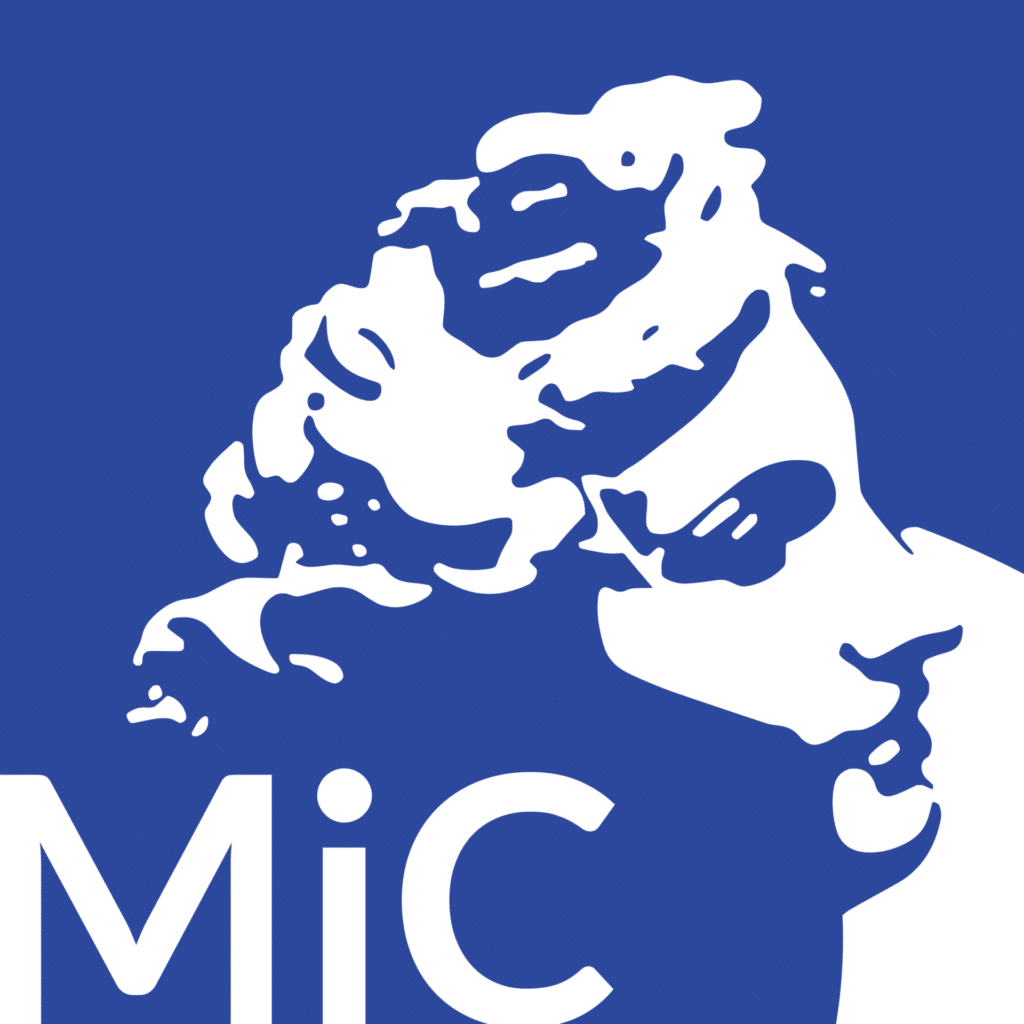 .
.  .
. 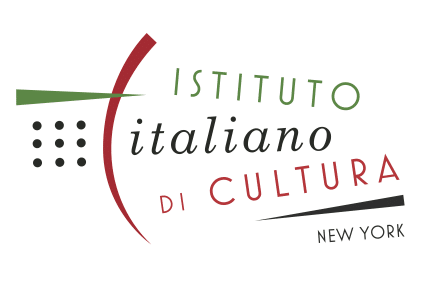
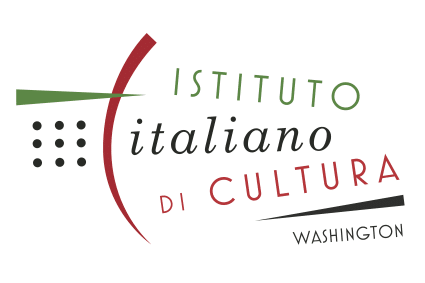
- Giuseppe Pellizza da Volpedo, “Membra stanche (Famiglia di Emigranti)”, 1907. Oil on canvas; 50 x 64 5/8 in (127 x 164 cm) Collezione Fondazione Francesco Federico Cerruti per l‘Arte. Long term loan at Castello di Rivoli, Museo d’Arte Contemporanea, Rivoli (Turin, Italy).
- Emilio Longoni, “L’oratore dello sciopero”, 1890-1891. Oil on canvas; 76 x 52 ¾ in (193 x 134 cm) Banca di Credito Cooperativo, Barlassina (Italy).

